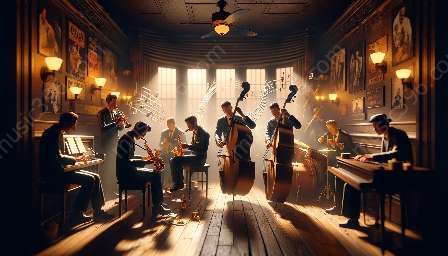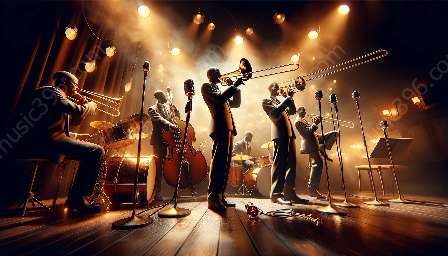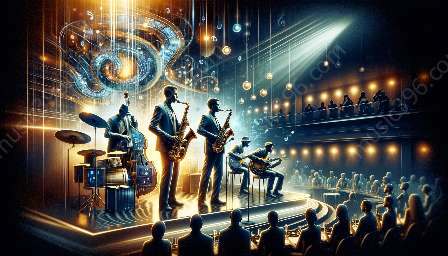Blues music has undergone a remarkable evolution, with acoustic and electric blues highlighting distinct characteristics and connections to jazz. Acoustic blues, rooted in traditional, raw, and emotive sound, contrasts with the amplified, electrifying tones of electric blues. This article delves into the key characteristics that set these two styles apart and their significance in the evolution of blues music.
Blues Music Evolution
Blues music traces its roots to African-American communities in the Southern United States. Originating in the late 19th century, it evolved from the spirituals, work songs, and field hollers of African-American slaves. The early blues pioneers, such as Robert Johnson, Ma Rainey, and Bessie Smith, helped shape the genre, influencing its trajectory and paving the way for future innovations.
Throughout the 20th century, blues music continued to evolve, embracing new instruments, musical influences, and technological advancements. The early blues sound, dominated by acoustic instruments, eventually gave way to the electrified blues revolution, marking a pivotal moment in the genre's history.
Key Characteristics of Acoustic Blues
- Raw and Authentic Sound: Acoustic blues is characterized by its raw, authentic, and unfiltered sound. The use of acoustic guitars, harmonicas, and resonator guitars produces a stripped-down, earthy quality that connects directly to the blues' roots.
- Emotional Depth: Acoustic blues often evokes a deep emotional resonance, conveying themes of sorrow, poverty, and personal struggle. The intimate nature of acoustic performances allows for a profound connection between the artist and the audience.
- Fingerstyle Technique: Many acoustic blues guitarists employ fingerstyle techniques, infusing their playing with intricate picking patterns and slide guitar techniques. This distinctive approach contributes to the rich, textured sound of acoustic blues.
- Tradition and Folk Elements: Acoustic blues emphasizes tradition and folklore, drawing from rural and country roots. Its reliance on simple, repetitive chord progressions and lyrics reflects the genre's folk origins.
Key Characteristics of Electric Blues
- Amplified and Electrifying: Electric blues is characterized by its amplified, electrifying sound, often incorporating electric guitars, bass, and amplified harmonicas. The use of amplification allows for a more powerful, dynamic expression of the blues.
- Urban Influence: Electric blues often reflects urban influences, incorporating elements of jazz, rhythm and blues, and rock and roll. The electrified sound of the genre resonates with the energy and vitality of city life.
- Innovative Techniques: Electric blues musicians employ innovative techniques, such as distortion, feedback, and bending notes, to create a distinct and vibrant sound. The use of amplification enables experimentation and sonic exploration.
- Band Dynamics: Unlike acoustic blues, electric blues commonly features full bands, fostering intricate musical interplay and dynamic arrangements. The collaborative nature of electric blues bands enhances the genre's versatility and impact.
Connections to Jazz & Blues
Both acoustic and electric blues share deep connections to jazz, influencing and being influenced by the genre in various ways. Acoustic blues, with its roots in rural and traditional music, contributed to the development of early jazz styles, including ragtime and New Orleans jazz. Electric blues, on the other hand, intersected with the burgeoning jazz scene in urban centers, leading to cross-pollination and the emergence of fusion genres like jazz-blues and jazz-rock.
The blues-jazz connection is evident in the shared musical vocabulary, improvisational ethos, and bluesy tonalities that permeate both genres. Furthermore, influential artists, such as B.B. King, Billie Holiday, and Muddy Waters, straddled the worlds of blues and jazz, embodying the interconnectedness of these musical forms.
By exploring the unique characteristics of acoustic and electric blues and their ties to jazz, one gains a deeper understanding of the rich tapestry of blues music and its enduring impact on the broader musical landscape.






























